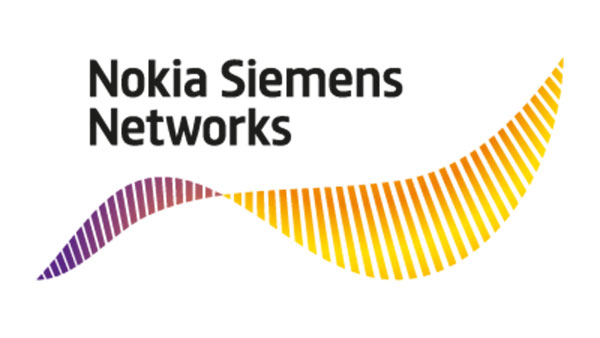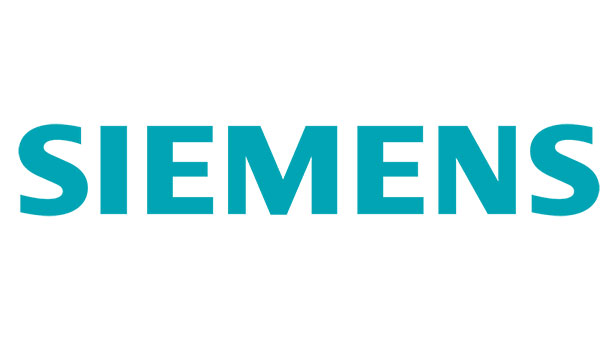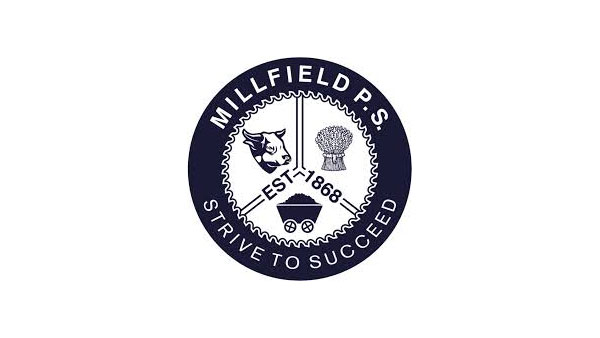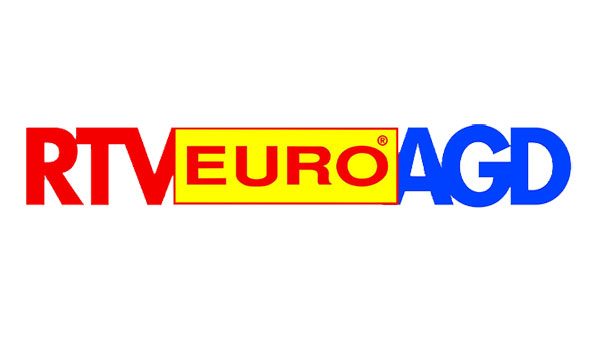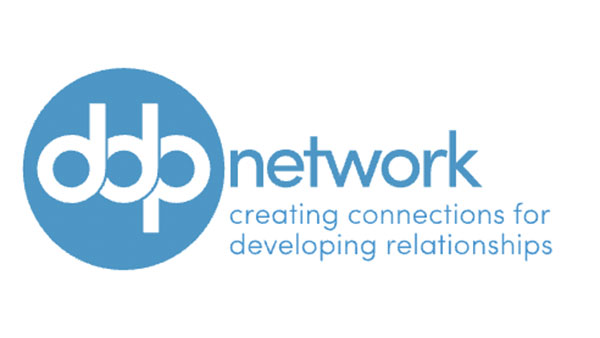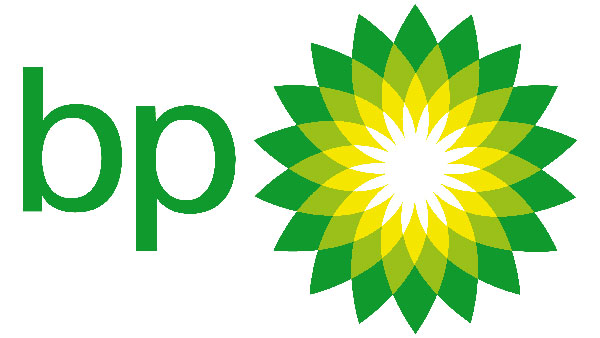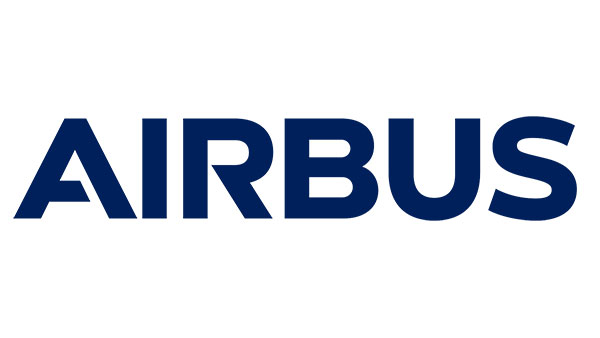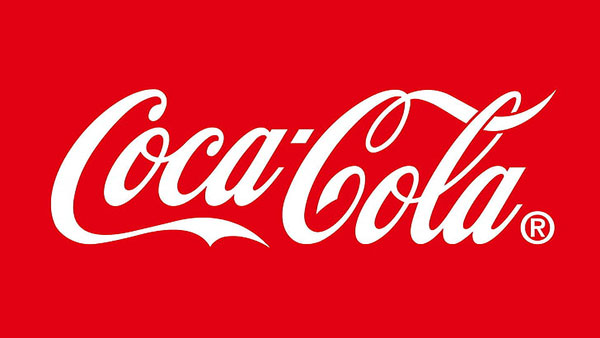Communication with words of genuine kindness and warmth, or actions or deeds of genuine care and thoughtfulness help us to become more seen and felt, to become more emotionally visible and to self regulate on a deeper level.
Without deeper, more caring connections to others that provide us with security and a sense of belonging and community, we have an elevated stress response, and we become more rational. We need genuine connections with others.
A smile, wink, hand gesture, or a hello are small examples of positive recognition and help us to open up. Negative gestures: a frown, a critical remark or a curse are negative and stimulate emotions and defense mechanisms, not positive feelings.
Facial Recognition
We need facial recognition time with others to achieve a state of self-regulation. Meaningful interactions with others with eye contact and remaining present dramatically improves our ability to achieve a state of self-regulation.
This is because the vagus nerve, the largest nerve in the human body that connects the heart to the brain, is hardwired for facial recognition. Inadequate facial connection time with others, or isolation, elevates the stress response. Whereas, longer periods with others with facial connection time and sincere communication, such as a career that requires working face-to-face with people promotes neurological development, specifically increased executive brain development and functioning, and higher levels of self regulation and optimism.
Edification
Edification or the act of edifying another is a way of being to adopt as a professional credentialed coach. We need to edify and uplift clients and people intellectually or morally and help them to learn. The original meaning of edify was “to build” and things that are edifying build up a person, especially in an intellectual or moral improvement way. Good literature, intelligent education and positive words to others are edifying. As a professional credentialed coach we need to know if our client’s workplace provides praise, regular training, feedback and positive recognition – ideally a coaching culture – as well as whether your client has enough meaningful relationships to provide them with adequate facial recognition time – to achieve self-regulation.



